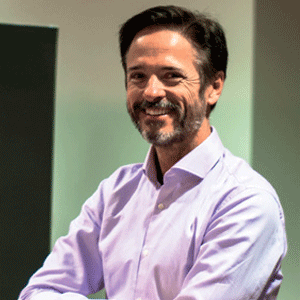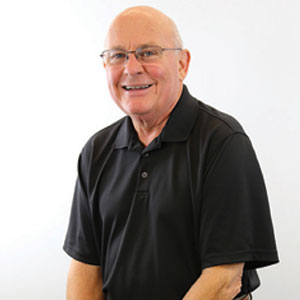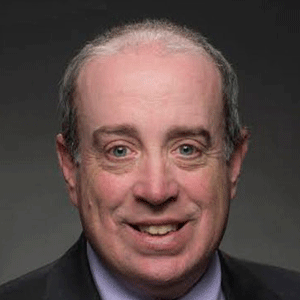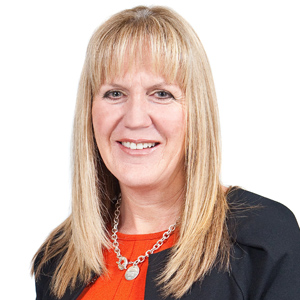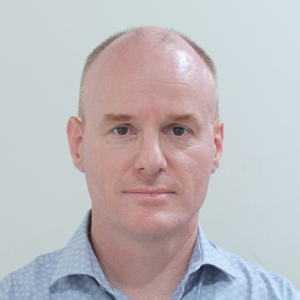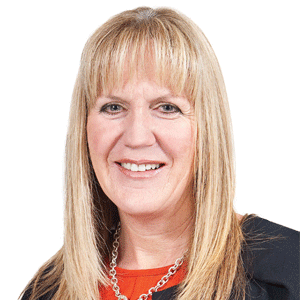THANK YOU FOR SUBSCRIBING

Using Simulation to Improve Patient Safety and Quality of Care How the Nemours Institute for Clinical Excellence is Taking Simulation Further
Maria Carmen G. Diaz, Medical Director of Simulation, Nemours Institute for Clinical Excellence, North. and Shiva Kalidindi, Medical Director of Simulation, Nemours Institute for Clinical Excellence, South

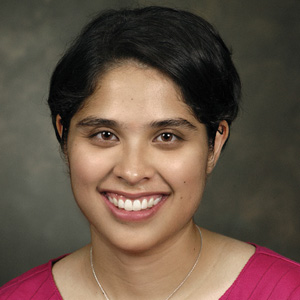
Maria Carmen G. Diaz, Medical Director of Simulation, Nemours Institute for Clinical Excellence, North.
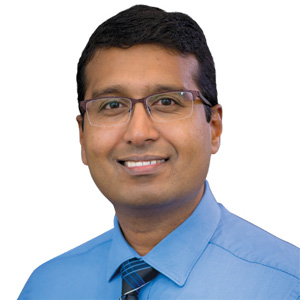 Shiva Kalidindi, Medical Director of Simulation, Nemours Institute for Clinical Excellence, South
Shiva Kalidindi, Medical Director of Simulation, Nemours Institute for Clinical Excellence, SouthYes, we want our participants to know how to perform a procedure, but we also want them to understand why the procedure needs to be performed, and to be prepared if something goes awry during that procedure. And, we believe that teamwork and communication are paramount. Through our behavioral skills training, we help participants learn to effectively communicate with the rest of their team so that they may work together to deliver optimal care. Most importantly, we strive to help our participants communicate well with patients and their families. We want them to consider how they will communicate with a family member should they need to have a difficult conversation or deliver bad news. These interactions can be a lot easier after rehearsing in simulation so that skills are honed before they are needed in a real-life setting.
Additionally, at Nemours, simulation goes beyond just education and training. We use simulation to improve our systems, processes and spaces. Several years ago, when Nemours was moving from an existing building into two new in-patient towers, we simulated every aspect of the move and learned that the originally proposed order of the move needed to be reversed. On our actual move day, Paul Kempinski, President of Nemours/Alfred I. duPont Hospital for Children in Delaware, labeled our move as seamless and uneventful. This was a great compliment as it showed that simulation let us practice until we got it right. Since then, we’ve had the opportunity to conduct multiple simulations to identify latent safety threats before we open new spaces. And, we use simulation to improve processes and flow to leverage our work-as-imagined with our work-as-done so that we may ultimately reduce the risk for medical errors. Beyond our walls While we know simulating experiences in our hospital settings is critical, we have also had the opportunity to extend our reach beyond our walls. We have several established simulation programs that focus on different types of providers including emergency physicians, pediatric subspecialists, primary care physicians, school nurses and emergency medical technicians. One of our most robust programs focuses on the family members who will need to continue medical care for their child at home after discharge from the hospital. NICE has a well-established simulation program that helps families and home caregivers learn how to manage their child with a new tracheostomy. NICE simulates a home setting where family members and home caregivers use a high-fidelity mannequin to learn how to suction a tracheostomy tube, change the tube and troubleshoot tracheostomy complications before their child is discharged from the hospital. The feedback has been tremendous with an overwhelming number stating that they have more confidence in caring for their child and feel more comfortable taking their child home as a result of our simulations. What’s next? As Nemours looks to the future of simulation, success stories like our tracheostomy training simulations and our work to improve systems and processes are helping to guide our next steps. And we always remember that simulation—at its core —is a principle and serves as the foundation upon which true learning can take place. All the available technology can make simulation even more advanced, but we try to remember Nemours’ True North: we’re pushing the simulation envelope in order to improve quality of care and patient safety.

